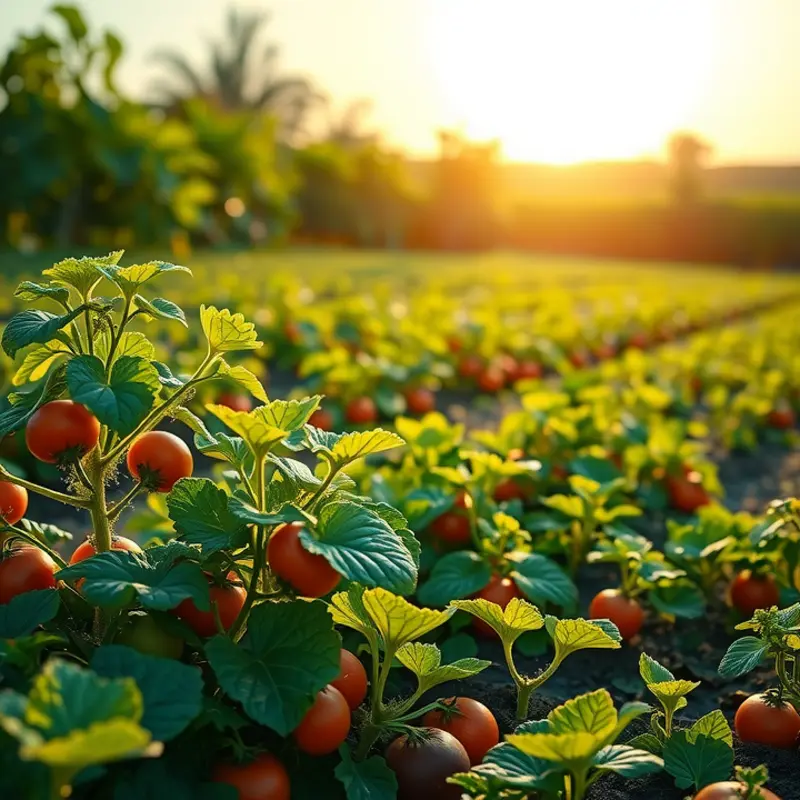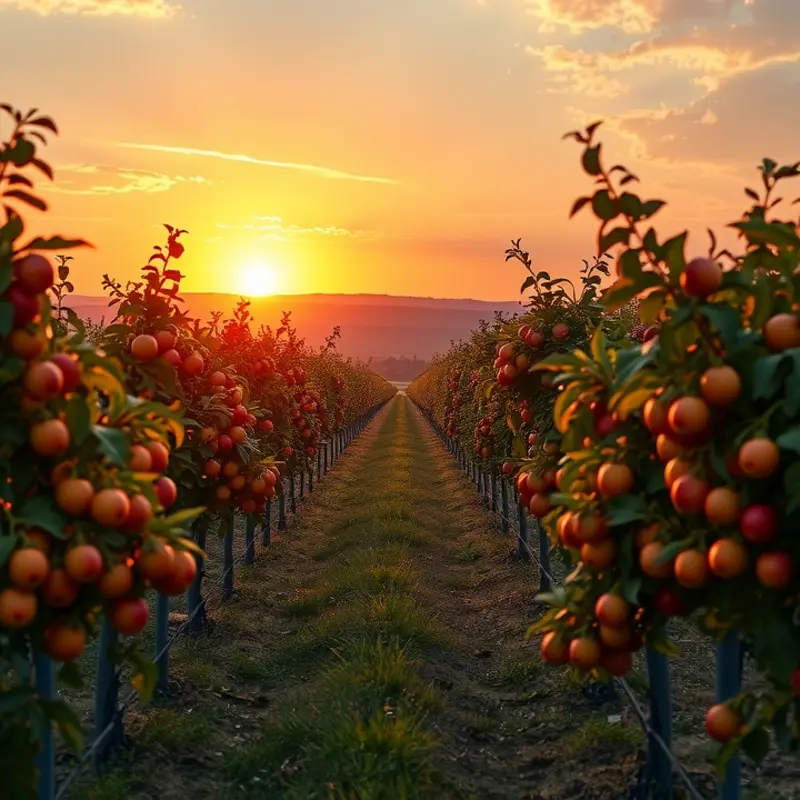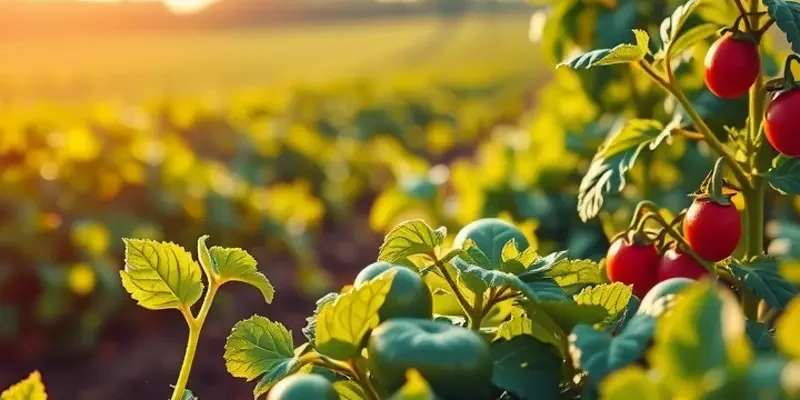Managing meal leftovers effectively can lead to significant savings and reduced waste. By following practical strategies for storing and repurposing food, you can enjoy your meals while minimizing their environmental impact. This guide breaks down essential practices for safe food storage and creative uses for leftovers, ensuring you’ll always make the most out of your meals.
Smart Storage Solutions for Leftovers

Storing leftovers properly can significantly extend their shelf life while maintaining flavor and safety. Using the right containers is a good starting point for optimal storage. Glass containers are excellent for neutral odor retention and avoiding chemical leaching, while stainless steel provides durability and odor neutrality. BPA-free plastic containers are lighter and easier to store but ensure they are designed for food storage and reheating. For secure sealing, always choose containers with airtight lids to prevent air exposure and reduce spoilage risk.
Proper labeling of leftovers helps track their freshness. A simple tip is to use adhesive labels or masking tape to mark containers with the name of the dish and the date it was stored. This practice minimizes ambiguity, ensuring you use leftovers while they’re still good. Organized labeling helps avoid rummaging through the fridge, leading to better visibility and reduced food waste.
Cooling leftovers before storing them is crucial for safety. Avoid putting hot dishes directly into the fridge, as this can raise the fridge temperature, affecting the integrity of other stored foods. Instead, allow food to cool slightly, using an ice bath for soups or stews to speed up the process. Once the steam subsides, transfer them to your chosen storage containers.
Control your fridge’s temperature settings to maintain food safety. Keep your fridge at or below 40°F (4°C) and your freezer at 0°F (-18°C). Regularly check temperatures with an appliance thermometer, especially if your fridge lacks a built-in one.
Strategically organize your fridge by placing leftovers on the upper shelves, away from raw meats, to prevent cross-contamination. It’s beneficial to designate a specific fridge area for leftovers, so they’re used promptly. Practice using a first-in, first-out system: place newly stored leftovers behind older ones.
Additionally, standard shelf-life guidelines offer a general idea of how long leftovers usually last. Some common indications include consuming cooked meat and fish within two to four days, cooked pasta and grains within three to five days, and sealing soups and stews within three to four days. Use resources like Safer Storage of Sauces to dive deeper into specific food storage techniques.
Leveraging the freezer extends the utility of your meal prep. For bulk storage, divide large portions into recommended serving sizes before freezing. Invest in quality freezer bags or use containers suitable for low temperatures to maintain texture and taste. Remember to leave some space at the top of containers for expansion as food freezes.
By adopting these smart storage solutions, you can maximize the lifespan of your leftovers, treat your palate to retained flavors, and contribute positively to reducing household food waste.
Creative Ways to Repurpose Leftovers

Repurposing leftovers saves you time and helps reduce kitchen waste. Leftover meals often provide a perfect base for new, tasty dishes. Instead of the usual reheating, consider a fresh approach: turn last night’s roast chicken into a vibrant Mediterranean salad or transform that extra rice into a flavorful stir fry. By creatively thinking beyond the original dish, you can create new culinary experiences while minimizing waste.
Recapturing Last Night’s Dinner
Casseroles are excellent for repurposing a variety of leftovers. They offer a one-dish delight that can combine proteins, vegetables, and grains into a hearty meal. Consider layering leftover roasted vegetables and cooked pasta with cheese and a simple béchamel sauce to create a comforting vegetable bake.
Frittatas are another versatile option. Eggs can cradle almost any leftover; just sauté some onions, add any cooked meat or veggies, and pour in beaten eggs with a sprinkle of cheese. This is an ideal weekend brunch that requires minimal effort.
Transforming Ingredients Into New Dishes
Leftover grains like rice, quinoa, or couscous can become the cornerstone of a satisfying salad. Toss these with chopped raw vegetables, some feta or halloumi, and a zesty dressing for a nutritious meal. You can even reference this guide on using grains to understand how they can stand as meal foundations.
Don’t let leftover bread go stale. It can be transformed into homemade croutons or breadcrumbs. For croutons, cube the bread, toss with olive oil and herbs, then bake until golden. With breadcrumbs, they can be used as a crispy topping for pasta dishes or in patties and meatballs for added texture and flavor.
Innovative Sauces and Purées
Consider creating a purée with leftover vegetables. Blending roasted carrots or squash with some stock can create a delicious soup base or an addition to pasta dishes. Alternatively, use mashed potatoes as a topping for shepherd’s pie, where you can layer them with a mix of minced meat and vegetables.
For a saucy solution, tomato-based leftovers can be the start of a chunky salsa or a simmered soup. Add fresh herbs or spices to these bases to enhance their flavor profile and ensure they align with your new dish’s theme.
Spices and Herb Boosters
Bringing in new spices or herbs can dramatically change the flavor of leftover foods, making them seem fresh and new. Consider smoky paprika or tangy sumac to transform a simple protein into something exotic. As you explore these transformations, understand how flavor boosters can be blended without adding salt.
By embracing these creative strategies, adeptly repurposing leftovers not only turns tired meals into exciting prospects, it also fosters a more sustainable and economical kitchen practice. With a little creativity, every leftover can be the ingredient for a future feast.
Final words
Effective meal leftover management is not only about reducing waste but also about enhancing your culinary experience at home. By adopting proper storage techniques and getting creative with repurposing leftovers, you can save time, money, and resources. With these actionable tips, you are empowered to enjoy meals in a sustainable and tasty way, ensuring that every bite counts towards a healthier lifestyle and environment.







